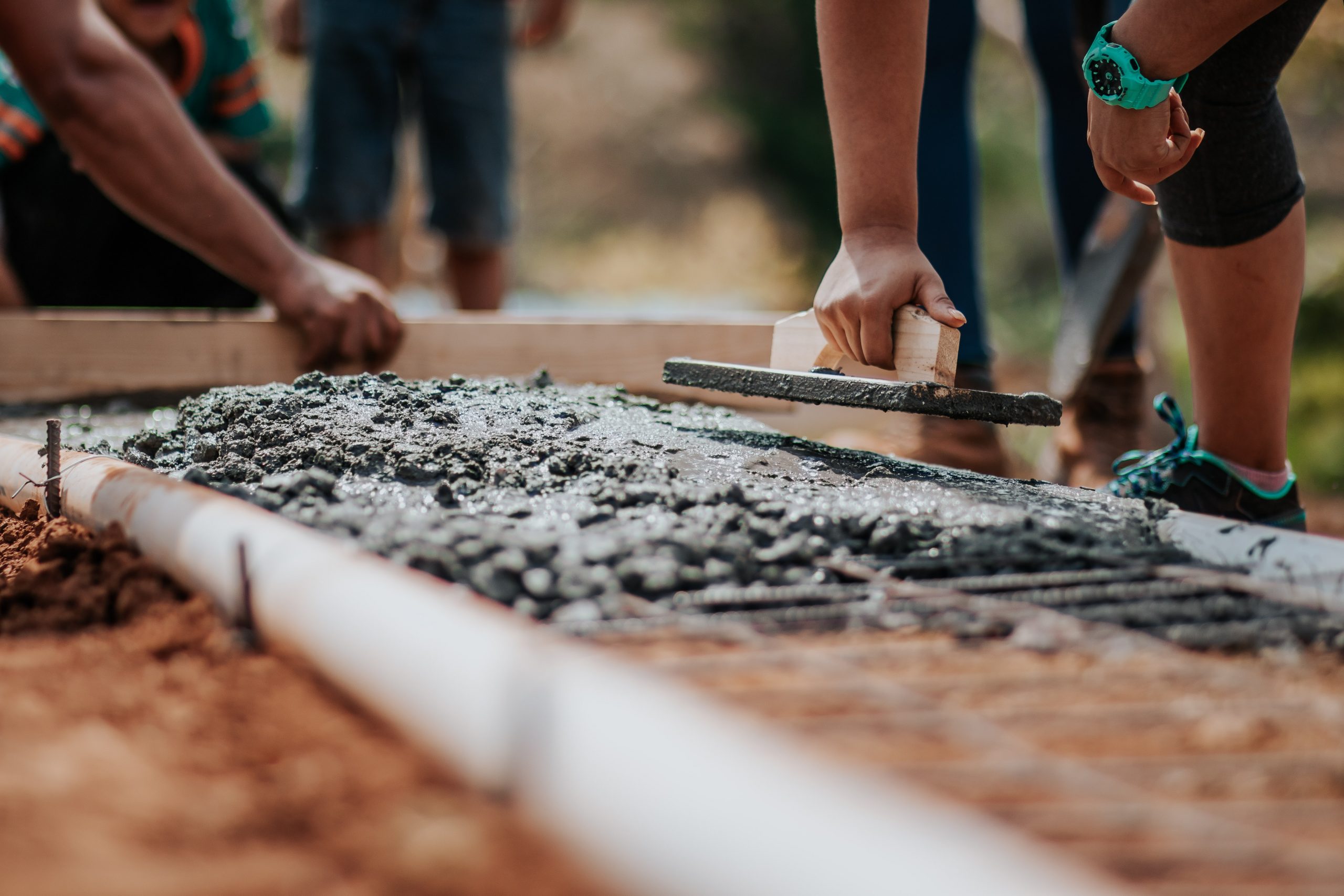Building a new home is a thrilling experience, especially if you realize how such a process works. Buyers are undoubtedly delighted to witness their new home being created from start to finish. As your project advances, keeping track of the timetable will be easier with a thorough understanding of the house-building process.
Knowing what to anticipate at each step of the construction process will provide you with the assurance to work with trades when needed and help you feel comfortable throughout the entire process. Here we describe beforehand what to consider at each step of the build.
The builder files for and obtains permits
The local authorities should accept the design and issue licenses for everything from licensing and leveling to septic tanks, house building, electrical work, and drainage before a builder can resume construction. Physical construction can start if permits are acquired.
Set up the home site
This is the time to get settled first, both literally and symbolically speaking. You are not only organizing your project in your head and on paper, but you are also choosing the ideal location for your desired home.
Clear the construction site of vegetation and other rubbish, at least 20 – 25 feet around the planned house’s perimeter and down to the ground.
Using the original plot plans that define the property boundaries, a surveyor lines up the lot.
If topographic changes are required to change how water flows through the site: An earth-moving contractor is frequently needed for this.
For waste disposal during the building project, rent a dumpster. Ask the power company to provide temporary utilities.
The construction crew levels the ground
Site preparation and groundwork work are typically done by the same team, but with a wooded lot, this might not be the case. The team uses an excavator and a bulldozer to remove the main location of rocks, trash, and vegetation and, if necessary, dig a septic system. Folks from HawkExcavator.com say that the most significant thing is the good excavator. Additionally, they recommend dredging it deeper and reaching farther to increase productivity beyond traditional arms and booms. You would undoubtedly save a ton of time and nerves with this method.
Pouring the foundation’s footings into concrete
With the excavation and laying of foundations and slabs, the construction site begins to take shape. There is a whole special group of professionals other than the construction crews that will soon be on-site performing this work: excavating contractors and foundation specialists.
A significant portion of the expense of building a house is the foundation and footings. This indicates that substantial payment withdrawals occur quickly once construction begins.
Purchase the framing equipment and the windows, and begin framing
Be sure to have a frame provider queued up and planned in to build your house before the deep foundations, structure, and slab are completed. You should now send hardwood suppliers your architectural house blueprints so they can give you wood pricing estimates.
The cost of building a house is normally the highest for the framing package and the framers. Now is the time to request quotes from window providers using the architectural house blueprints. As soon as the framers arrive, you should have the windows ordered and ready. Normally, they install every window.
Now that the concrete work is finished, your house will start to take shape. Once the lumber arrives, the framework contractors will start putting in the floor. They will progress from the walls to the ceilings, put in the second stories, and then finish with the roof and outside sheathing. This stage takes between two and four weeks to complete.

Setting up the HVAC, electrical, and plumbing
Moving on to the plumbing, electricity, and HVAC systems comes after the house has been deemed “dried in” (i.e., wrapped in house wrap). The plumbing, electrical connections, and cooling and heating ducts will be approved by an inspector after they have been installed. Because it is simpler for the electricians to work around the schedules of plumbing and HVAC contractors, the builder will often schedule wire installation after those two contractors have installed the ductwork.
Increase insulation
A crucial step in regulating a home’s temperature and lowering cooling and heating expenses is adding insulation. Common insulating materials include cellulose, foam, and fiberglass. Your contractor will normally insulate exterior walls as well as the vicinity of a basement, crawl space, or attic.
Implanting drywall
The interior of your house will start to appear finished once the drywall is installed. The contractor will install drywall and apply spackling compound to any elevated areas, including such seams or nails.
Interior finishes
Following the installation of the drywall, your builder will concentrate on inside finishes, including the chimney, fireplace, interior doors, and window frames, and ornamental trim. You’ll finally be able to see the paint color you’ve been selecting on the walls! (And believe us, it will look stunning!)
Set up the flooring
The walls are finished, and it’s time to lay the primary floor steps. This includes the following: any hardwood may be sourced, sanded, and finished; installation of vinyl, marble, and/or ceramic tiles in bathrooms, patios, kitchens, and other rooms.
Finishing the outside
Oh, the driveways, pathways, and patios! Outside your new house, things are also starting to take form. The builder will execute outside grading to provide correct drainage away from the home and to assure the progress of your new yard.
Before you settle in, make a complete inspection alongside your builders to discover punch list issues that must be addressed before the construction is declared complete. Electrical faults such as nonfunctioning outlets, drywall, paint damage, and missing fixtures are all common punch list concerns.